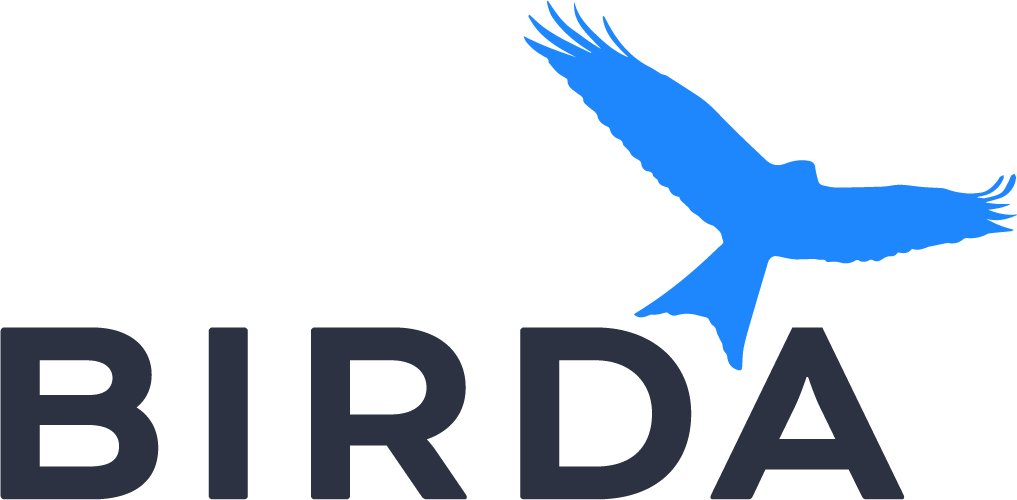
Humboldt Penguin
Spheniscus humboldti
The Humboldt penguin (Spheniscus humboldti) is a medium-sized penguin species, with adults reaching lengths of 56–70 cm and weighing between 2.9 to 6 kg. They exhibit a monomorphic plumage, meaning males and females are visually indistinguishable in their feather patterns. However, males are generally larger and heavier than females. These penguins are characterized by their black heads with a distinctive white border that runs from behind the eye, around the ear-coverts and chin, and meets at the throat. Their upperparts are blackish-grey, while their underparts are whitish, with a black breast-band extending down the flanks to the thigh. A fleshy-pink base is noted at the bill, and juveniles can be identified by their darker heads and absence of a breast-band.
Identification Tips
To differentiate between sexes, one must measure the head width and bill length, as males possess longer bills. The species is the heaviest within its genus, with average weights of 4.05 kg for females and 4.7 kg for males. The tongue of the Humboldt penguin is equipped with spines, aiding in the capture of slippery prey.
Habitat
Humboldt penguins are endemic to the west coast of South America, nesting on islands and rocky coasts. They are adept at burrowing holes in guano, and may also use scrapes or caves for nesting.
Distribution
This species is found along the Pacific coast of South America, primarily in coastal Peru. Their range overlaps with the Magellanic penguin on the central Chilean coast and extends to subtropical regions. They are occasionally seen as vagrants in Ecuador and Colombia.
Behaviour
Humboldt penguins are sedentary during the breeding season, showing fidelity to their nesting sites. They are capable of covering large distances, particularly in response to food shortages or environmental changes, and are considered true migrants between Peru and Chile.
Song & Calls
The Humboldt penguin communicates using various calls, including the Yell, a warning call; the Throb, a soft call between pairs; the Haw, a short call; the Bray, a long call for attracting mates and advertising territory; and the Peep, emitted by chicks begging for food. Each call serves a distinct purpose and exhibits individual variation.
Breeding
Breeding occurs in loose colonies, with pairs typically laying two eggs that require 41 days of incubation. The breeding schedule is adjusted based on food availability, and breeding immediately follows moulting. Chicks are semi-altricial and nidicolous, with both parents contributing equally to provisioning.
Similar Species
The Humboldt penguin's nearest relatives are the African penguin, the Magellanic penguin, and the Galápagos penguin. They can be distinguished by their habitat range and specific physical characteristics.
Diet and Feeding
Their diet mainly consists of pelagic schooling fish, with variations in cephalopod and crustacean consumption among populations. They are visual hunters, engaging in short, shallow dives to capture fish from below.
Conservation status
The Humboldt penguin is listed as vulnerable by the IUCN, with a declining population of 32,000 mature individuals. Threats include El Niño-La Niña dynamics, fisheries, human presence, habitat disturbance, feral species, and industrial development. Conservation efforts are in place, including legal protection and the establishment of protected areas.































































